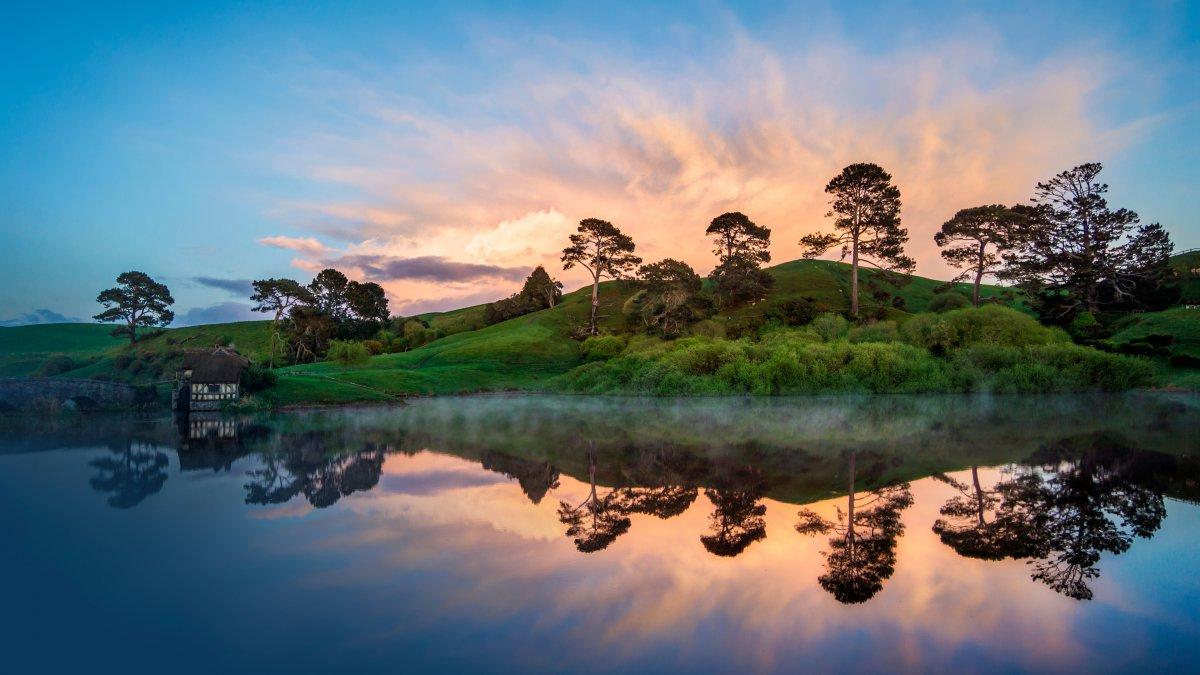Global cultural resources are the treasures that enable us to understand the past, build a better present, and secure a brighter future. These include historic sites, artifacts, folktales, music, dance, art, literature, and much more. Our ability to recognize, appreciate, and preserve these resources is crucial, not only for cultural reasons but also for educational, social, and economic development.
The Importance of Identifying and Preserving Global Cultural Resources
Identifying cultural resources is not always an easy task. Sometimes, these resources are obscure, overlooked, or forgotten. The first step in identifying them is to conduct research. Archives, libraries, museums, and cultural centers are excellent sources that provide valuable insights into the past. Engaging with local communities, cultural groups, and experts is also a way of identifying and learning about cultural resources.
Once we have identified global cultural resources, we must preserve them. Preservation includes protecting, conserving, restoring, and interpreting the cultural resources. This can help us to appreciate different cultures, learn from them, and promote cultural diversity. Preserving these resources is also key to educating future generations about their significance, and the value of cultural heritage.
Countries that have a strong commitment to preserving cultural resources reap a range of benefits. For instance, cultural tourism can significantly contribute to the local economy, providing jobs and income. A growing number of travelers are seeking authentic cultural experiences, which bodes well for communities that invest in preserving their cultural heritage.
Moreover, the preservation of global cultural resources can foster mutual understanding and respect among people. By showcasing our cultural diversity, we can promote tolerance and celebrate our differences. This can contribute to a peaceful and prosperous society, where people appreciate each other’s cultures.
Examples of successful preservation initiatives are plentiful. The UNESCO World Heritage sites, such as the Great Wall of China or Petra in Jordan, are just a few examples of how countries have preserved and maintained their cultural heritage. In the United States, the National Park Service protects and preserves cultural resources, including many historic sites such as Independence Hall and the Statue of Liberty.
In conclusion, identifying and preserving global cultural resources is an essential task. These resources provide insight into our history, as well as offer an opportunity to celebrate diversity and promote mutual understanding. Preservation of these resources can also bring about economic benefits and boost tourism. All of us can play a role in identifying and preserving cultural resources, whether as individuals or communities. By doing so, we can all help secure a brighter future that celebrates and values our rich cultural heritage.
(Note: Do you have knowledge or insights to share? Unlock new opportunities and expand your reach by joining our authors team. Click Registration to join us and share your expertise with our readers.)
Speech tips:
Please note that any statements involving politics will not be approved.
